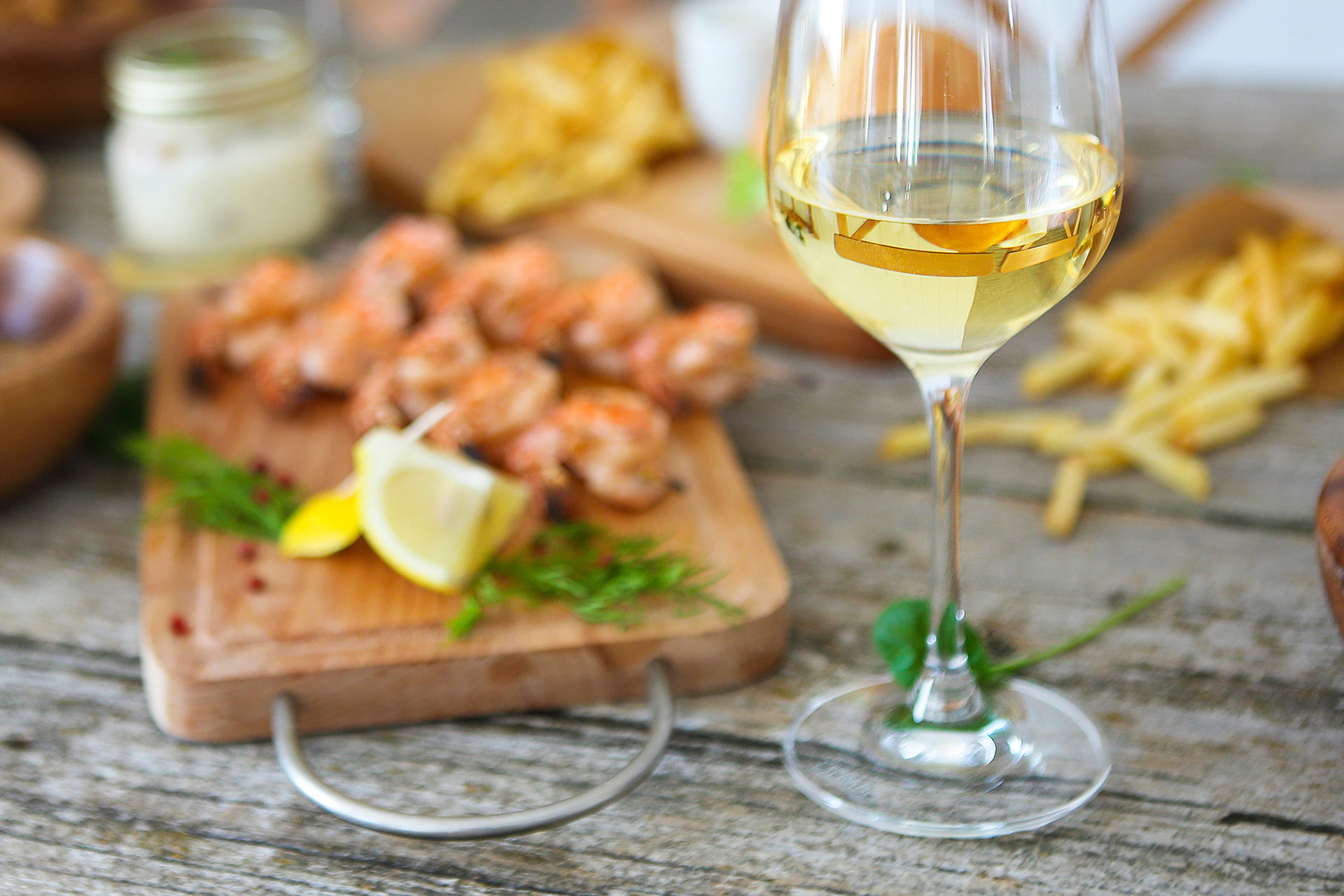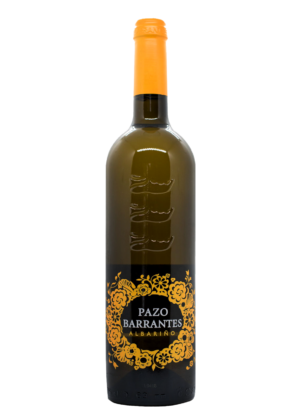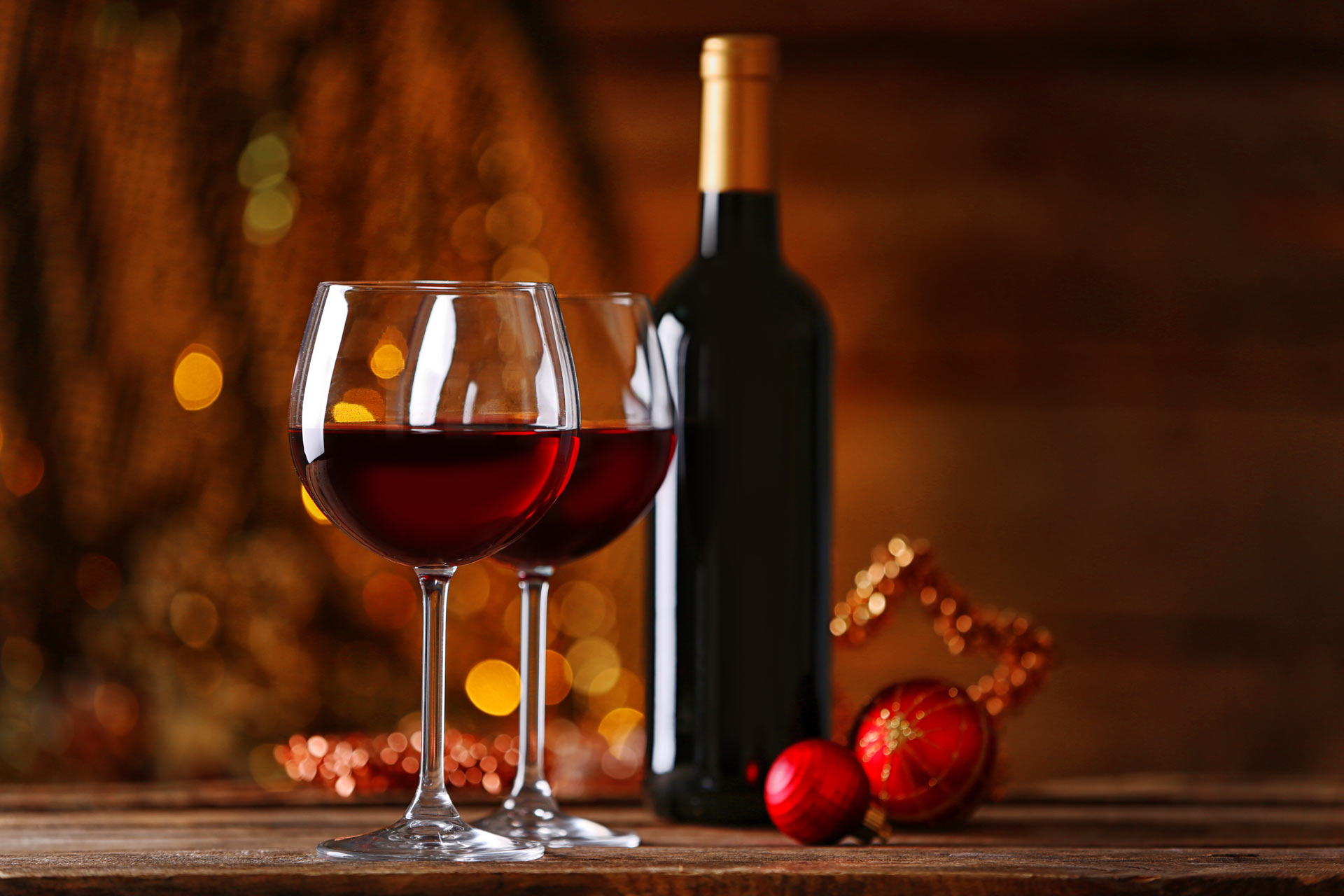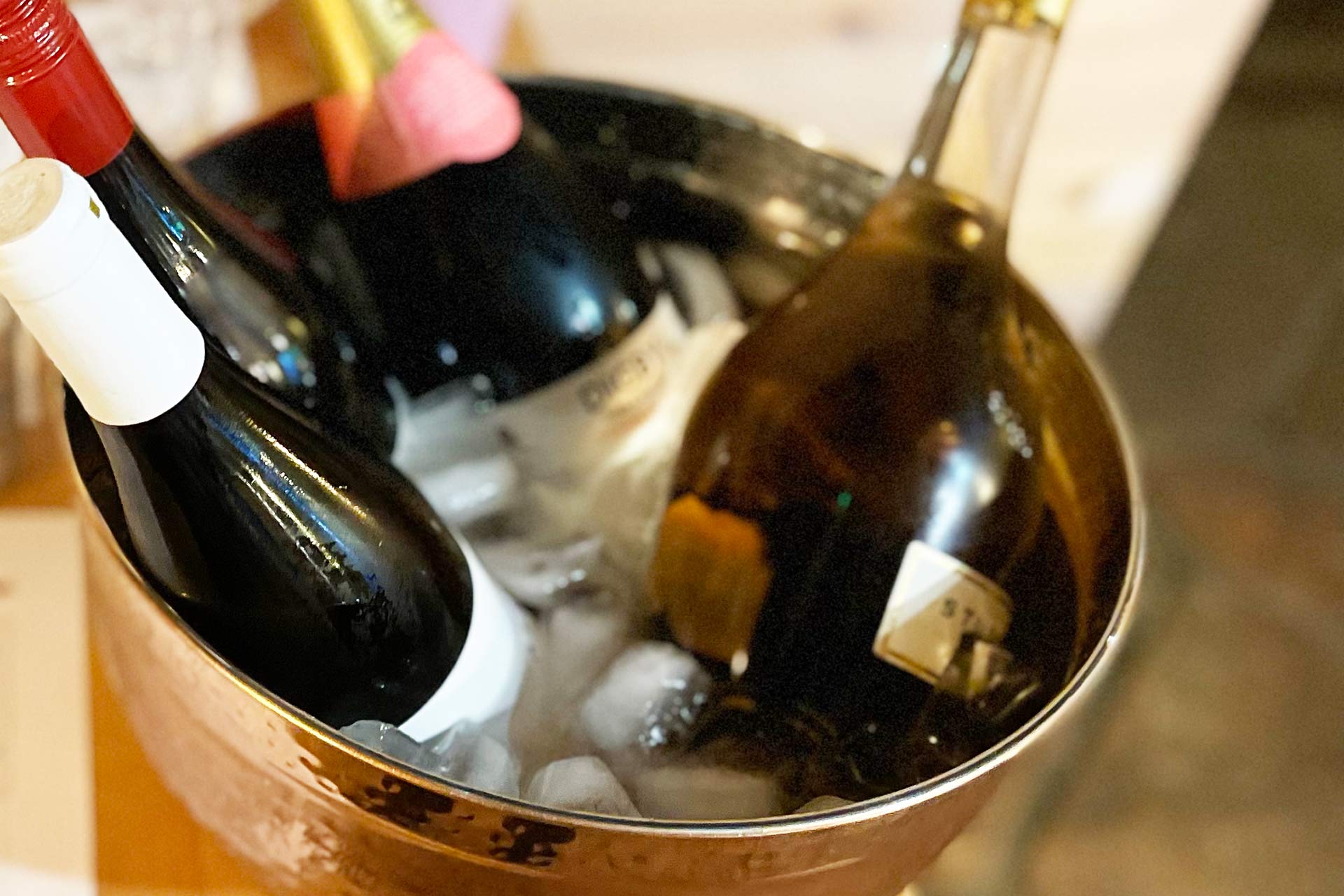
Some quick facts about Albarino!
Whether it has a Spanish or Portuguese accent, it is definitely worth your time!
Albarino is currently rapidly gaining popularity in the UK. And once you taste it, it is easy to understand why. Sure, it is intensely flavoured, yet has a distinctive lightness once it is in your mouth. Hence as a white wine, it offers something as an alternative to pinot grigio or sauvignon blanc.
Also, being a wine that is often enjoyed in Spain or Portugal while on holiday means that many winelovers find it delivers that holiday feeling at home!
The wines Bodegas Martin Codax Albarino & Pazo Barrantes Albarino are both fresh fruity styles of Albarino,
The grape itself has had a confusing history. It was once thought that it might be a descendant of Riesling. It is now thought to be a native to the regions that are traditionally known for their versions of Albarino – Galicia and neighbouring regions in Portugal. It was also supposedly enthusiastically planted in Australia in the early 2000s, only for Australian wine growers to be told that they had planted the French grape, Savagnin, instead. (You will find some great true Albarinos there now though)
In Portugal, winelovers will know the grape as Alvarinho. In northern Portugal it flourishes and often makes one of Portugal’s most famous white wines – Vinho Verde. Vinho Verdes have improved greatly over the past decade.
The best Spanish Albarino wines come from Galicia. Particularly from Rias Baixas. It is a great alternative for wine such as pinot grigio, sauvignon blanc, semillon, riesling & verdelho.
What does it taste like …
This lighter bodied white wine is often perfumed with floral note and fruity tones of citrus, lemon & grapefruit, melon and stonefruit. It may also have a salty character too. It may be made in off dry styles and can have a light fizz to it. Or it can be made to be fully sparkling. However, it is usually intensely flavoured and dry.
The Martin Codax Espumoso Albarino is a fully sparkling version and has been made using the same method as Champagne has been made.
Newer styled wines may have spent time on their dead yeast cells after the ferment has finished, or lees, which gives a fuller body and some savoury nuance. Most often it is unoaked to maintain that fresh fruit although it does very well with some light oak maturation.
The silky smooth Chan de Rosas Cuvee Especial Alabarino is an outstanding wine which has a portion of the wine spending time in French oak.
Something you didn’t know!
Galicia often has rain in Autumn as the grapes are reaching full ripeness. Therefore it has become traditional to grow Albarino on high trellises to allow the grapes to be dried by the breezes. This prevents disease such as mildew. In Portugal, it was often grown up the trunks of trees.

What to pair this white wine with….
White wines made from Albarino wines are often lighter in body and are often made to capture their fruity freshness.
This makes them great accompaniments for seafood and chicken. One of Galicia’s specialities, Octopus (Pulpo Á Feira) served with paprika is a very easy place to start in finding a good match. Scallops too, particularly in an empanada! Gallician style, of course!
Also some soft bloomy cheese such as Camembert or Brie and fresh cheese such as goats cheese.
As a sparkling style, it is a good match for appetisers as well as seafood main dishes.
Serve unoaked Albarino chilled around 6 oC and lightly oaked versions slightly less chilled 6-10 oC. As a sparkling wine, it should be served around 6 – 8oC.
Are you serving your white wines too cold? For more information about how to serve your white wines, please read “Hot Tip: What is the best temperature for serving white wine”
Wines to try….









